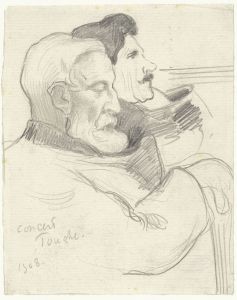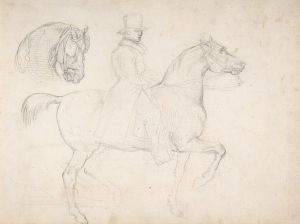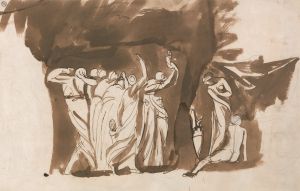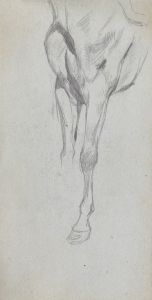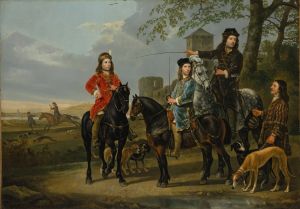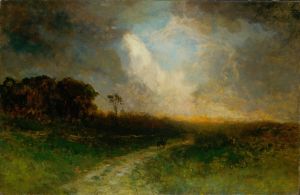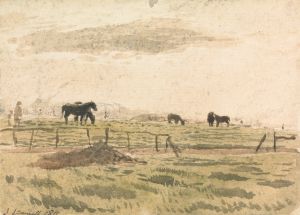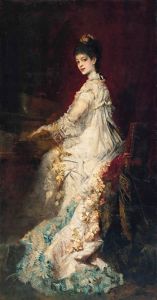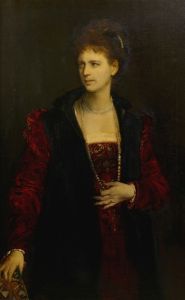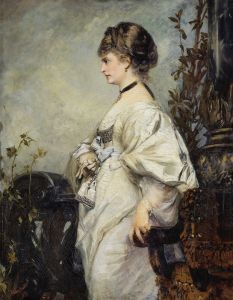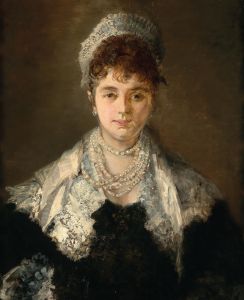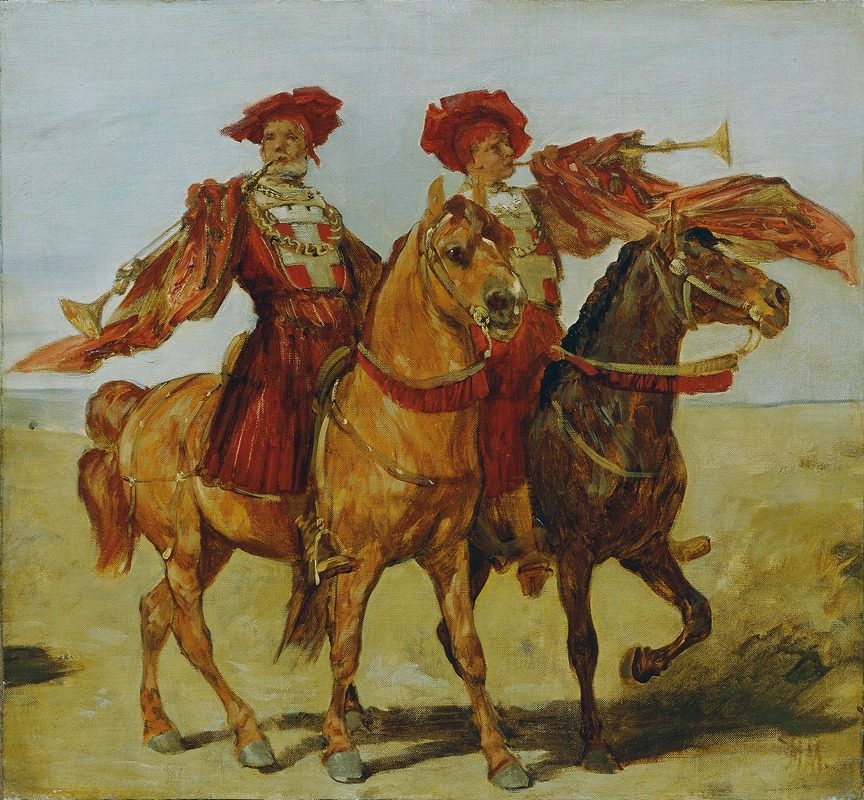
Zwei berittene Fanfarenbläser
A hand-painted replica of Hans Makart’s masterpiece Zwei berittene Fanfarenbläser, meticulously crafted by professional artists to capture the true essence of the original. Each piece is created with museum-quality canvas and rare mineral pigments, carefully painted by experienced artists with delicate brushstrokes and rich, layered colors to perfectly recreate the texture of the original artwork. Unlike machine-printed reproductions, this hand-painted version brings the painting to life, infused with the artist’s emotions and skill in every stroke. Whether for personal collection or home decoration, it instantly elevates the artistic atmosphere of any space.
Hans Makart was an Austrian painter known for his monumental works and his influence on the Viennese art scene during the late 19th century. Among his various works, "Zwei berittene Fanfarenbläser" (Two Mounted Trumpeters) stands out as a notable example of his artistic style and thematic interests.
Makart was born in 1840 in Salzburg and studied at the Academy of Fine Arts in Vienna. He became a prominent figure in the art world, known for his historical paintings, portraits, and allegorical works. His style is characterized by its vibrant colors, dramatic compositions, and a penchant for grandiosity, which made him a favorite among the Viennese elite.
"Zwei berittene Fanfarenbläser" is a painting that exemplifies Makart's fascination with historical and ceremonial themes. The painting depicts two mounted trumpeters, a subject that aligns with Makart's interest in pageantry and the theatrical aspects of history. The work is notable for its dynamic composition and the attention to detail in the depiction of the horses and the riders' attire. The use of color and light in the painting reflects Makart's mastery in creating a sense of movement and vitality.
Makart's works often drew inspiration from historical events and figures, and he was known for his ability to bring a sense of drama and spectacle to his paintings. This particular work, while not as widely discussed as some of his larger canvases, still reflects his ability to capture the grandeur and ceremonial aspects of his subjects.
During his career, Makart became a central figure in the cultural life of Vienna, and his studio was a hub for artists, intellectuals, and society figures. His influence extended beyond painting; he was involved in interior design and even stage design, contributing to the Gesamtkunstwerk (total work of art) concept that was popular in Vienna at the time.
Makart's legacy is evident in the way he shaped the aesthetic tastes of his era. His works were celebrated for their opulence and theatricality, and he played a significant role in the development of the Vienna Secession movement, which sought to break away from traditional artistic conventions.
"Zwei berittene Fanfarenbläser" is a testament to Makart's skill in capturing the essence of his subjects with a sense of grandeur and elegance. While it may not be as widely recognized as some of his other works, it remains an important piece that showcases his artistic vision and his contribution to the art world of his time.
Hans Makart passed away in 1884, but his influence on the art world, particularly in Vienna, continued to be felt long after his death. His works remain a subject of study for those interested in the intersection of art, history, and culture in the late 19th century.





